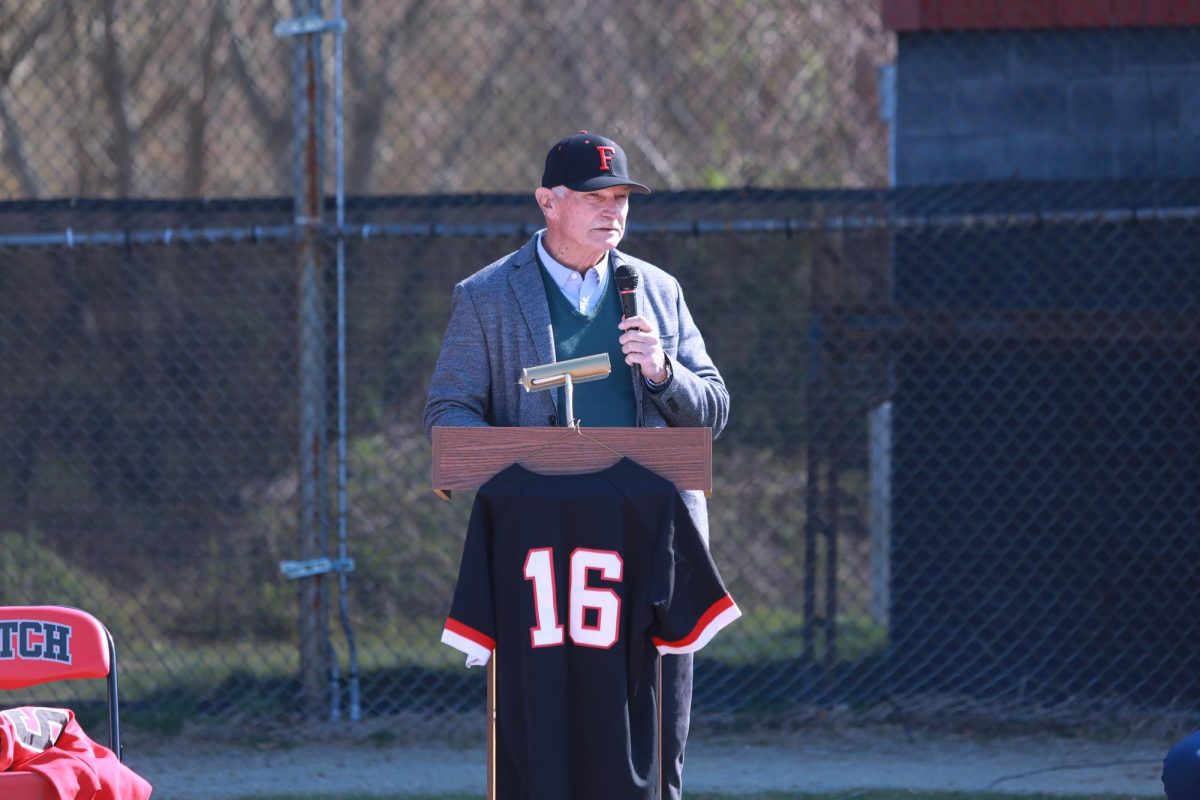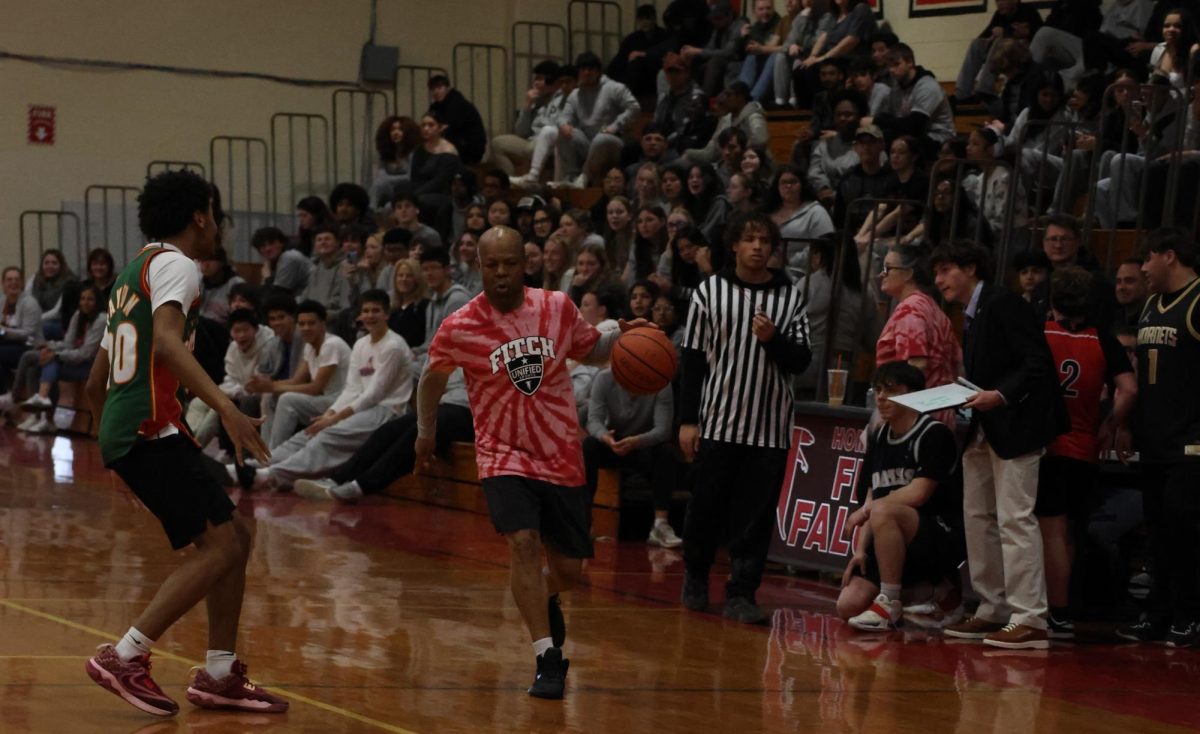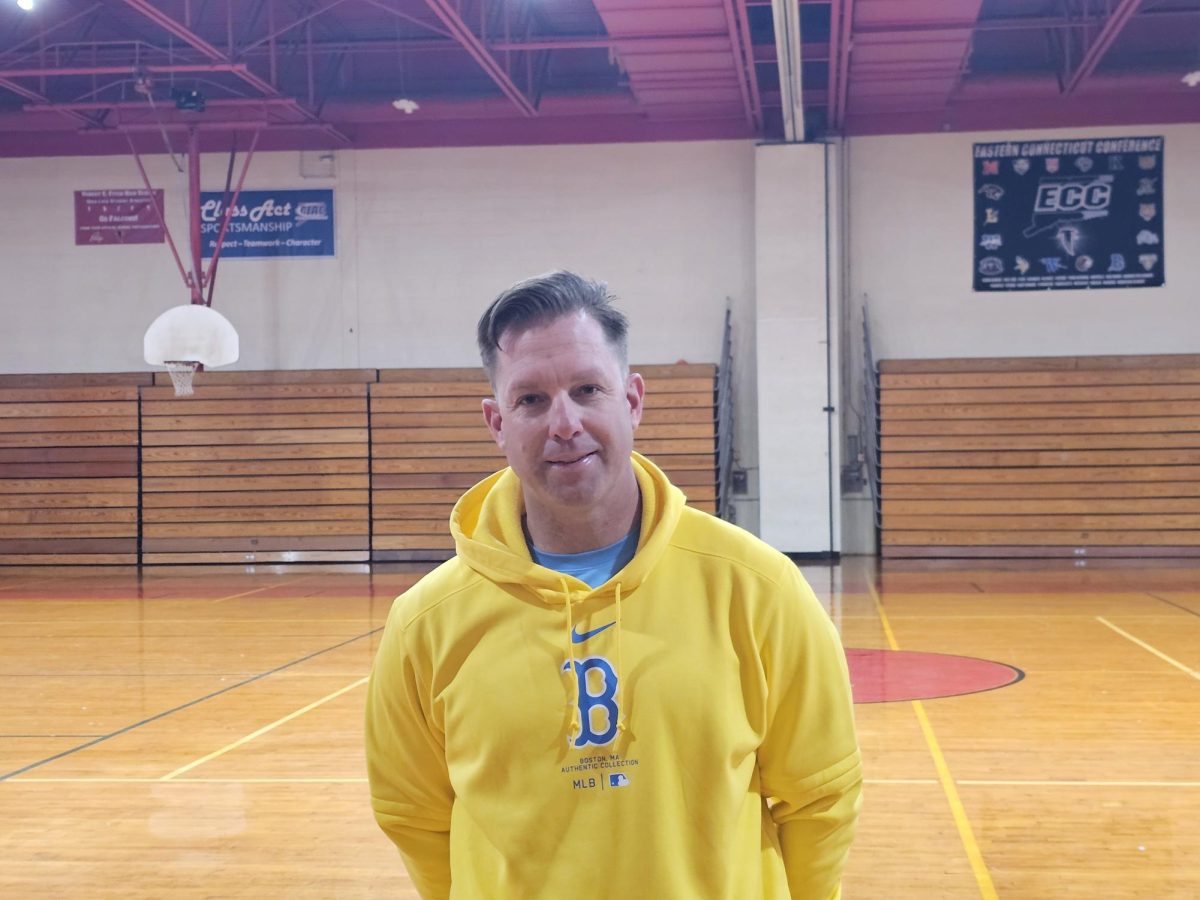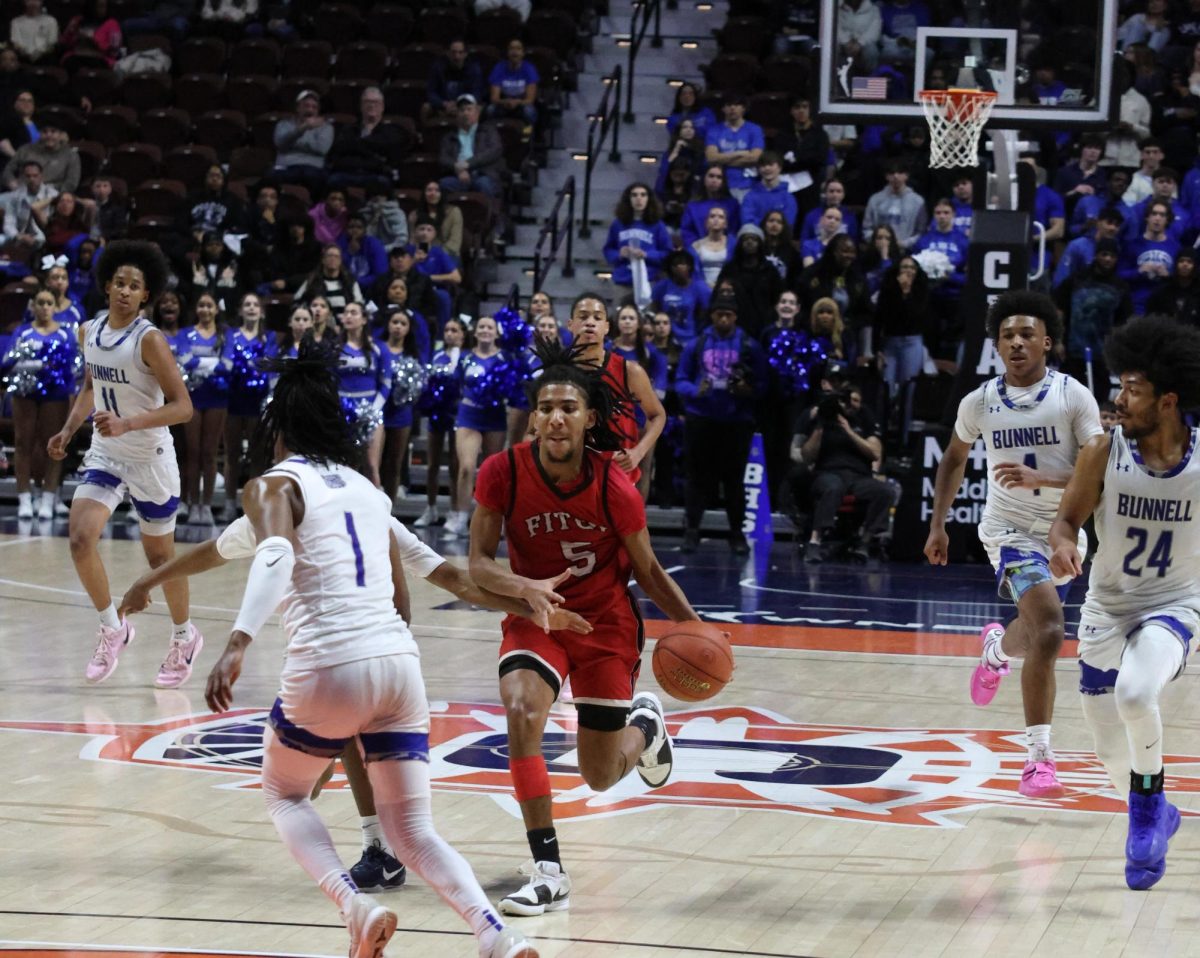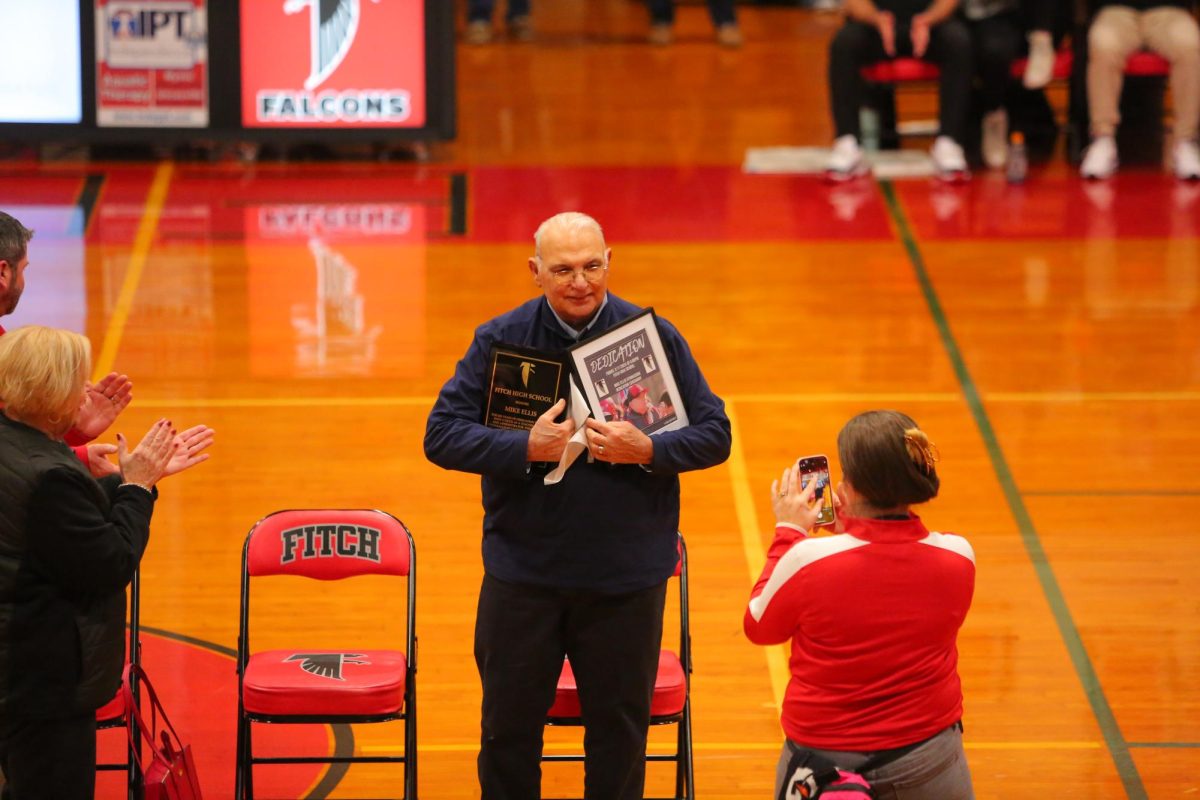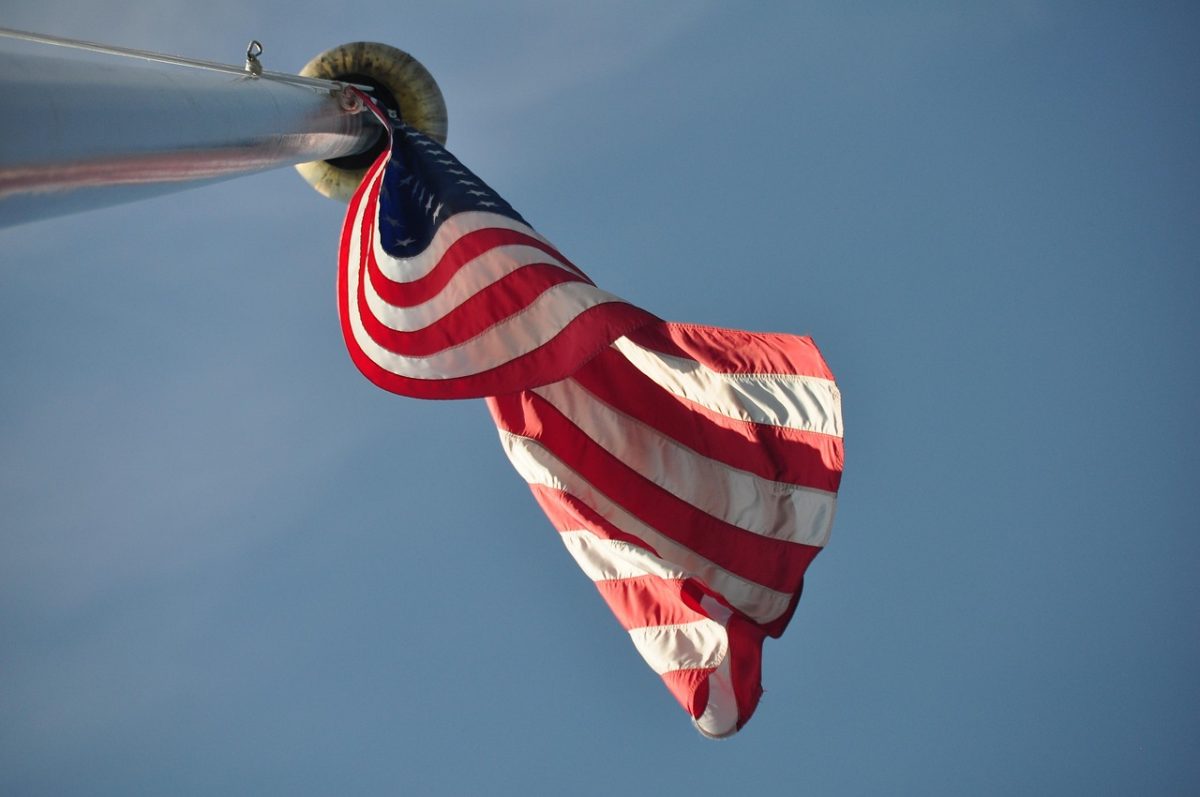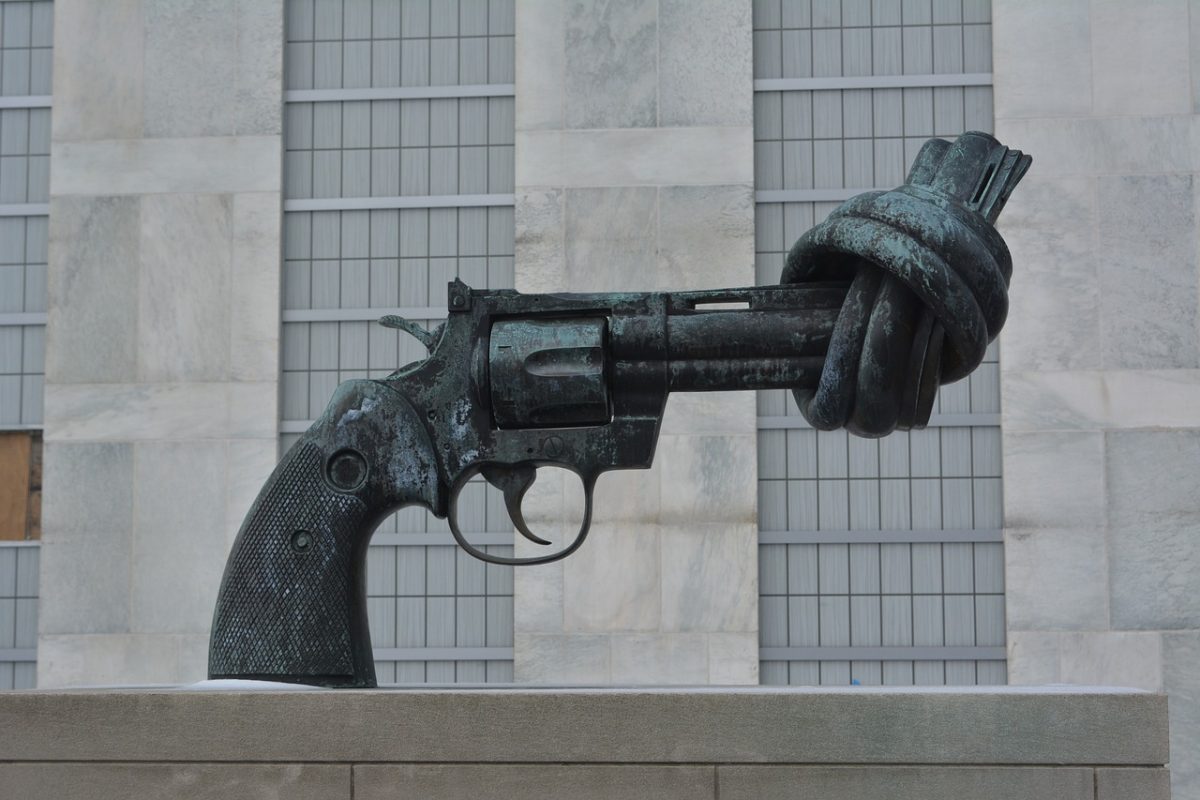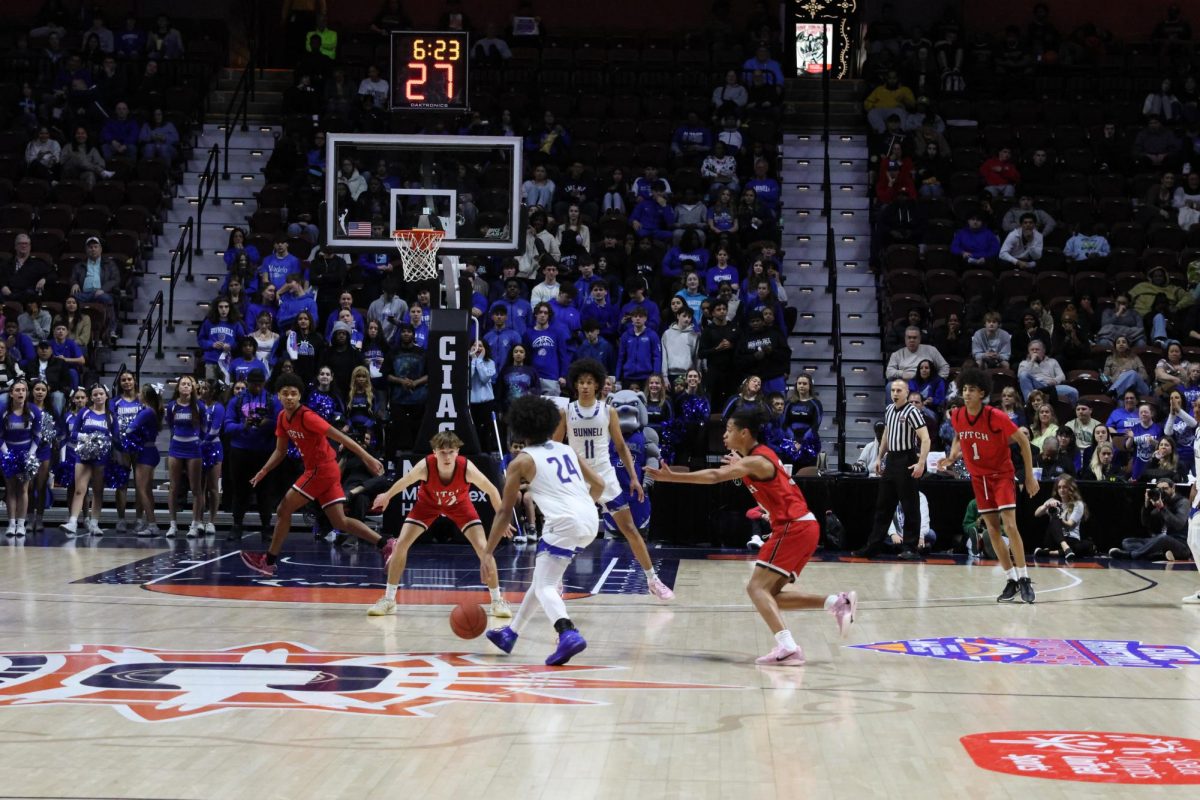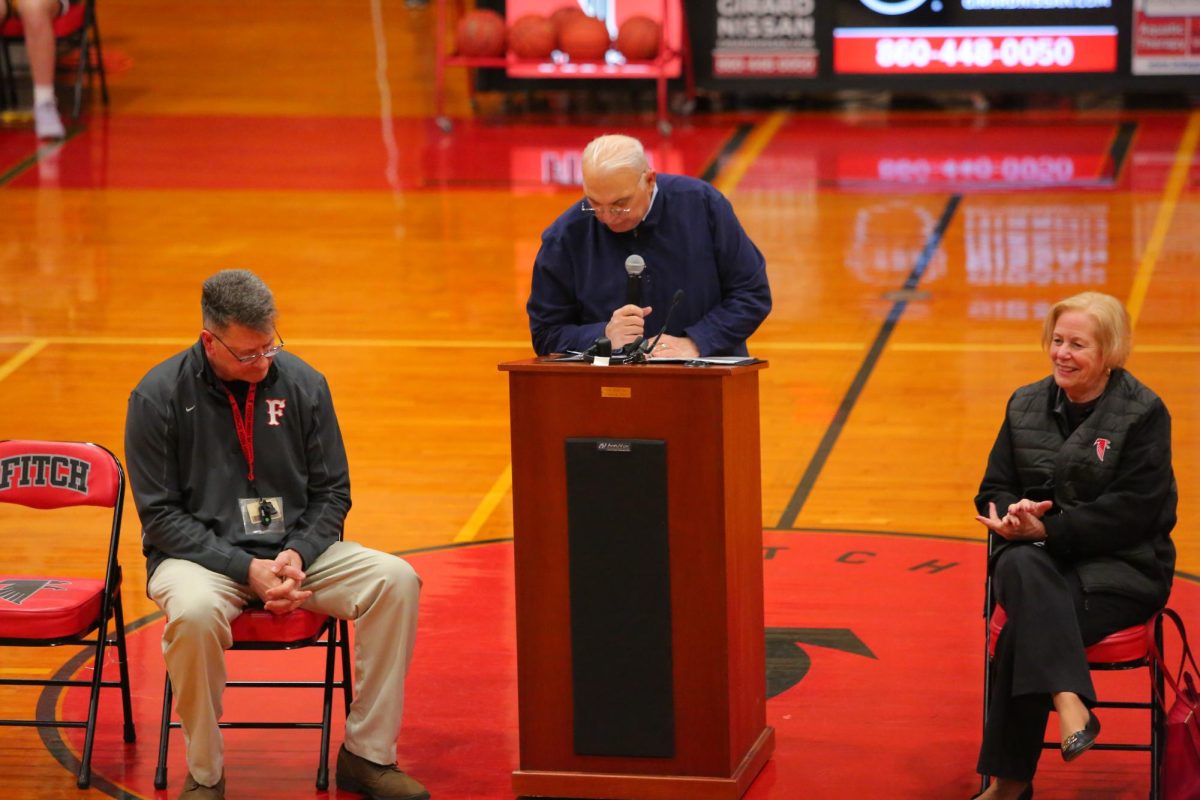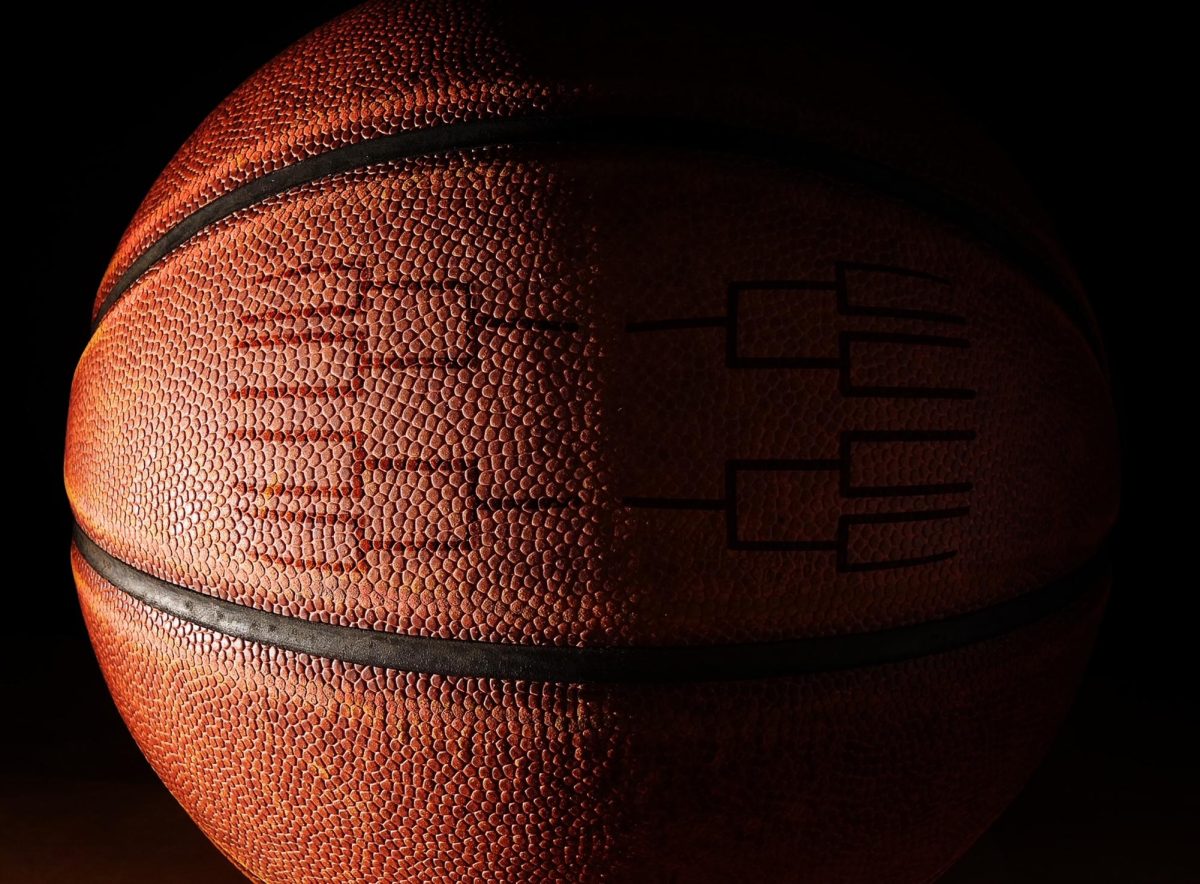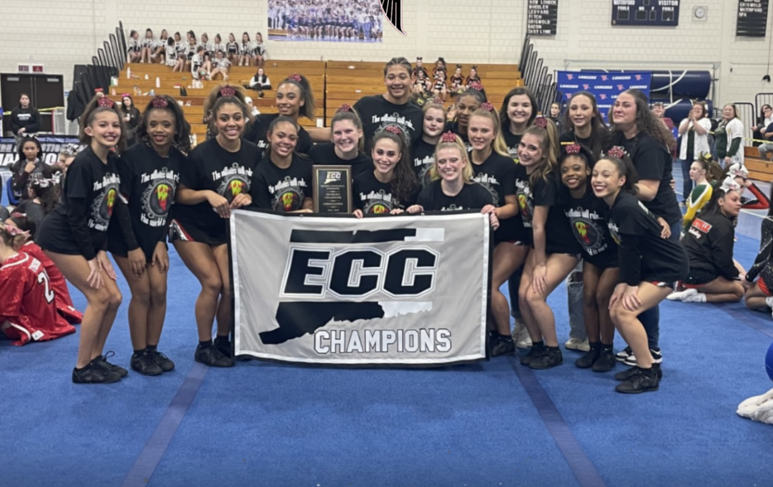What started with 64 teams is now one. The road to the collegiate national championship has been one filled with ups and downs.
“March Madness” is the coined term used to describe the National Collegiate Athletic Association (NCAA) Division One Men’s Basketball Tournament. The first of these tournaments was played in 1939 and consisted of only eight teams. That is quite the contrast to the tournament today, which consists of 64.
The first ever NCAA tournament champion was Oregon, who beat out Ohio State.
The amount of teams included in the tournament has gradually grown over time. In 1951, 16 teams were included. The number grew to 32 teams in 1975, and the current size of 64 teams was adopted in 1985.
The term “March Madness” was first used in reference to basketball in 1939, by a high school official in Illinois named Henry V. Porter. The term became associated with the NCAA tournament in 1982 when sports commentator Brent Musberger used it during coverage of the tournament.
In what may be a surprise, there is a tournament for teams that fall short of the national championship tournament. This tournament is called the National Invitation Tournament (NIT). This year, notable teams in the NIT included; Seton Hall, Villanova, and Wake Forest. In the case of Seton Hall, many people thought they deserved to be in the national championship tournament. Seton Hall may have proved that very point by winning the NIT.
In terms of upsets, which are lower seeded teams beating higher seeded teams, a ‘March Madness’ tournament doesn’t happen without one. However, tournaments do occur where no 16 seed beats a one seed. Only twice in collegiate basketball history has a 16 seed beaten a one seed. The first of these events happened in 2018, with University of Maryland, Baltimore County beating Virginia. The second happened just last year with Fairleigh Dickinson University (FDU) beating Purdue.
For this years upsets, one that really stood out to me was number 13 seed Yale beating number four seed Auburn. This was a big upset for three reasons. One, Yale was a lower seed than Auburn. Two, Auburn had been good all year, ending the regular season with a 27-8 record. Three, Yale barely made the national tournament, as the top two teams in the Ivy League division (Princeton and Cornell) did not make it. Yale’s run ended in the round of 32, with a loss to San Diego State University.
At the end, this years tournament boiled down to UConn vs. Purdue in the championship game. For Purdue, this was a redemption run. The team seemed to be fueled by their loss to FDU last year. Despite Purdue’s motivation, the school remains without a title as UConn came out on top, with a 75-60 win.
Out of the ten players starting in the championship game, eyes were draw to UConn’s starting five.
The starting five, in question, are; forward Alex Karaban, center Donovan Clingan, guard Stephon Castle, guard Tristen Newton, and guard Cam Spencer.
The first half was close, with the score being 36-30 at halftime. However, in the second half, it was clear UConn was beginning to speed ahead.
Purdue had a ‘one for all’ strategy focused more towards getting the ball to Edey, so he could tower over other teams and place the ball into the basket. This makes sense as he is seven feet four inches tall, making him almost beyond guarding. However, minimal athleticism was used. In contrast, UConn used a strategy focused on complex defensive screens, running the court, and feeling the other team out. Every member of UConn’s starting five contributed to the end score,. Newton led the team, with 20 points and seven assists, earning him the MOP (Most Outstanding Player) award. Castle had 15, while Clingan and Spencer both added 11. As for Purdue, Edey’s 37 points were more than the rest of the Boilermakers combined.
It was clear by the end of the game after watching the way both teams played that the UConn Huskies are the best men’s college basketball team in the country.



